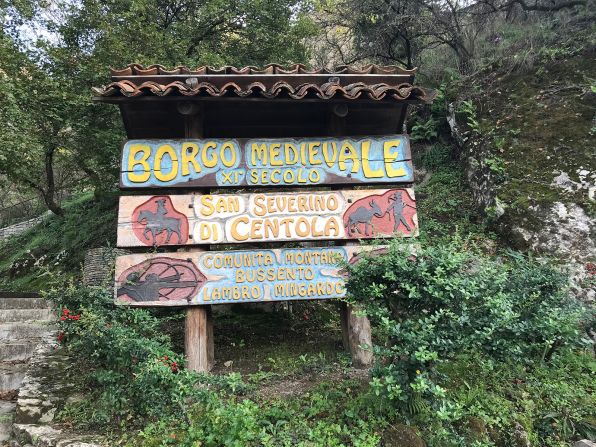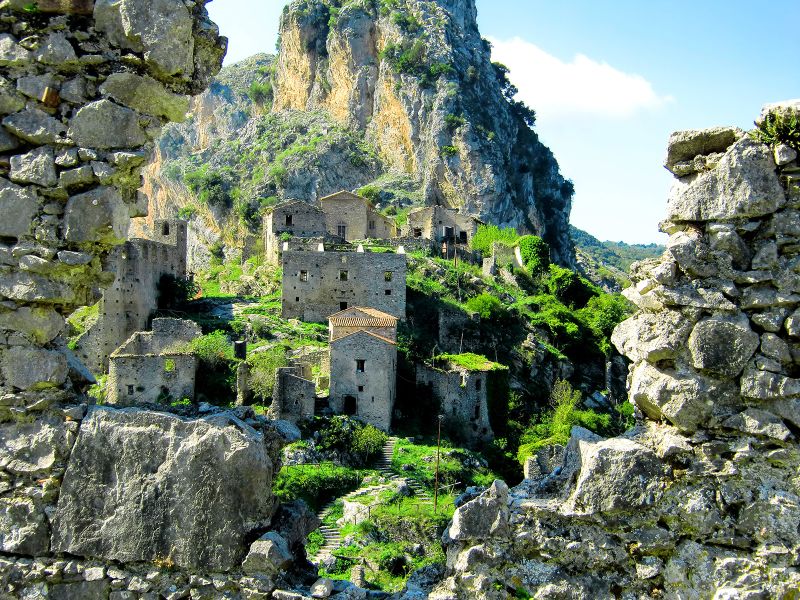Revitalizing an Abandoned Italian Village
Emotional Purchase of San Severino di Centola
A group of Italians with ties to the abandoned village of San Severino di Centola in Campania have united to purchase the village’s medieval district. This heartfelt initiative demonstrates a deep connection to their roots and a commitment to restoring the area’s heritage.
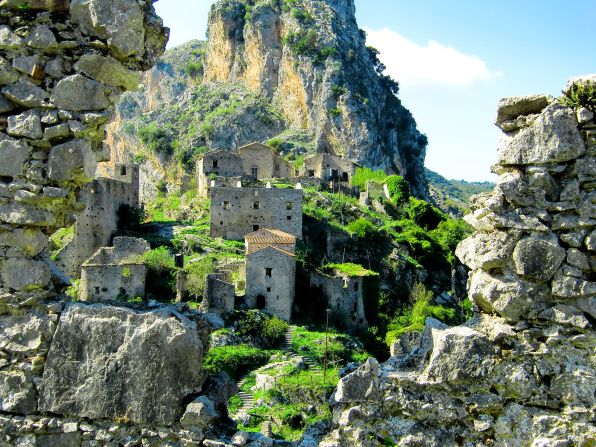
Ghost Village with a Rich History
San Severino di Centola was nearly abandoned when the last residents left in the 1970s. Consequently, this once vibrant village fell into a state of neglect. The initiative to reclaim it marks a significant step toward preserving its historical and cultural significance.
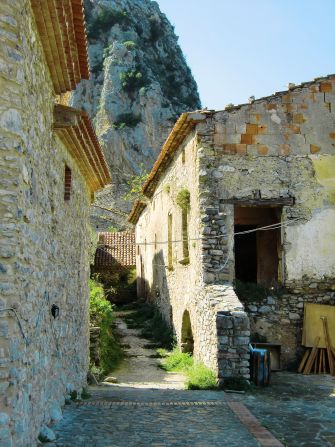
Community-Powered Restoration Efforts
Approximately 15 years ago, Silverio D’Angelo collaborated with a group of passionate individuals scattered across Italy to purchase the abandoned homes in this ghost hamlet. They were driven by a visceral love for the area and its cultural legacy.

Challenges in Revitalization
Established with a strong commitment, the community faced significant challenges, including a lack of resources and bureaucratic obstacles. These hurdles have hindered substantial progress since the original purchase in 2008.
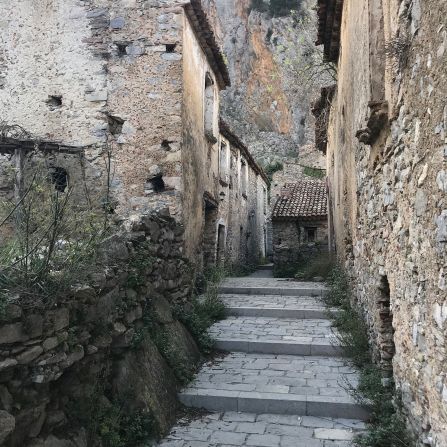
A Scenic Destination
San Severino di Centola is located south of Naples in the beautiful Cilento National Park, surrounded by breathtaking hills, forests, and streams. Open year-round, this hamlet attracts approximately 50,000 visitors annually, thriving particularly during the summer months.
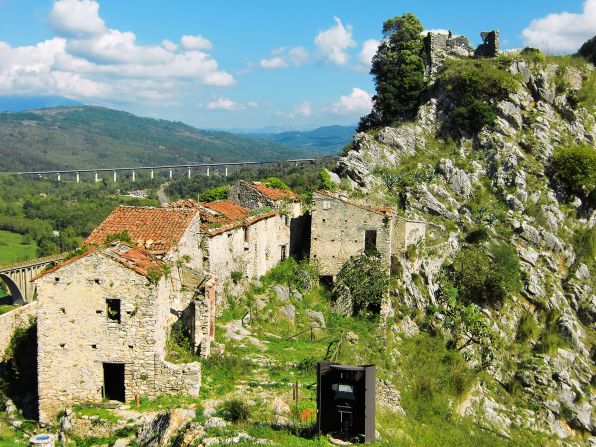
Preserving Cultural Heritage
The revitalization efforts have already seen some sections of San Severino di Centola restored using public funds, including the castle, the path leading up to it, and the village piazza. This commitment to preserving cultural heritage exemplifies the community’s dedication to reviving the village.
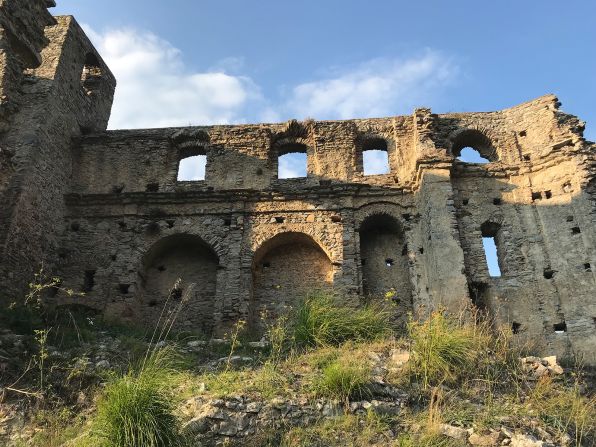
The Legacy of Abandonment
San Severino di Centola is among approximately 6,000 abandoned ghost villages in Italy, left desolate due to migration and natural disasters. Restoring such villages not only preserves history but also fosters community and cultural identity.
